Not everyone appreciates the beauty, simplicity and architectural honesty of mid-century modern architecture. As in every age and style there are good examples, bad examples, and occasionally, a truly exemplary work of architecture. Fortunately for PHMC, The State Museum and Archives building in Harrisburg is an exemplary work of mid-century modern design.
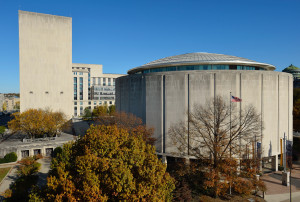 I developed my own appreciation of mid-century modern architecture during my 11 years as Vice-President for Historic Sites at the National Trust for Historic Preservation. In that position I was responsible for the stewardship of a number of modern masterpieces including: Philip Johnson’s Glass House; Mies van der Rohe’s Farnsworth House; Louis Kahn’s Fisher House; and, three houses by Frank Lloyd Wright. Imagine my delight on my first day at PHMC when I stepped into the State Museum and Archives for the first time.
I developed my own appreciation of mid-century modern architecture during my 11 years as Vice-President for Historic Sites at the National Trust for Historic Preservation. In that position I was responsible for the stewardship of a number of modern masterpieces including: Philip Johnson’s Glass House; Mies van der Rohe’s Farnsworth House; Louis Kahn’s Fisher House; and, three houses by Frank Lloyd Wright. Imagine my delight on my first day at PHMC when I stepped into the State Museum and Archives for the first time.
Prior to that first look in November 2011, I had been warned about leaky pipes, failing HVAC systems, noisy escalators and slow elevators. And yes there was much about the building that was showing its age. In addition to failing infrastructure, there were some areas that had moved well beyond “patina” to just plain “wear and tear”. But even 47 years of heavy use could not hide the beauty and practicality of the original design.
The building, historically known as the William Penn Memorial Museum and State Archives Building, was designed by Lawrie and Green, an important Harrisburg architectural firm that had a number of other architecturally outstanding buildings to their credit, including Harrisburg’s YMCA, the Pennsylvania State Farm Show Building, the Harrisburger Hotel (aka the Fulton Bank building in Harrisburg), and the Dauphin County Courthouse. The State Museum and Archives site is just north of the Beaux Arts-style State Capitol built just a half century earlier. The Capitol clearly reflects its time and the exuberance of the early 20th century, but it drew all of its architectural motifs and decoration from the past.
Lawrie and Green and State Museum Director S.K. Stevens also intended the new building to be a reflection of its time. In the optimism of post war America they were building for the future and sought a contemporary design. They also understood that the artifacts of Pennsylvania’s past would show best in a setting that was clean, simple and elegant. In addition, the building’s other purpose was to memorialize Pennsylvania’s founder and namesake. Functionally, Mid-Century modern was an excellent choice.
The Museum and Archives building is comprised of three distinct sections: the 20-story limestone sheathed tower, 6-story cylindrical museum building, and the raised paved plaza on which these monumental buildings are sited. This, of course, is not the first example of a public building using abstract geometric forms. The architects drew inspiration from such structures as the “Trylon” and “Perisphere;” centerpiece of the 1939 New York World’s Fair.
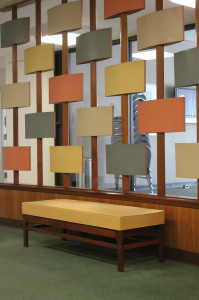 Many interior fixtures and details are clearly inspired by other notable works of art and architecture of the 1950’s and early 60’s. There are even features inspired by Sputnik and the early Space Race.
Many interior fixtures and details are clearly inspired by other notable works of art and architecture of the 1950’s and early 60’s. There are even features inspired by Sputnik and the early Space Race.
Mid-century modern architects followed two tenets: form follows function and honesty of materials. In the 50’s and 60’s several major museums looked to a drum shape to provide a circular flow through the galleries, including New York’s landmark Guggenheim Museum, Washington’s Hirshorn, and Gettysburg’s Cyclorama.
The decision to not include windows (except on the ground and fifth floors of the State Museum and in the ground floor offices of the Archives) was intentional because light is the enemy of both archival materials and museum artifacts.
The use of limestone, glass, aluminum, and walnut paneling in the building reflects the honesty of materials and was intended to convey a sense of solidity and permanence. This is important for buildings meant to house the Commonwealth’s historical treasures.
Next year we will mark the 50th Anniversary of this building. We have already begun the process of getting it ready for the next 50 years. We are investing in numerous infrastructure upgrades, a process that will continue for a number of years.
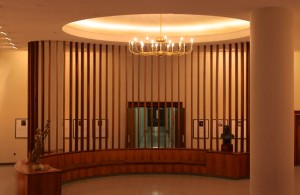 Last year we brought in a team of conservators to restore our walnut paneling, and to clean much of the aluminum and interior stonework. This year we are cleaning a portion of the Archives exterior and will begin the renovation of the mid-century modern landscaping. We have also located and are reconditioning more than 100 pieces of original furniture and are returning to the original paint colors for offices and public areas. We are working like “Mad Men”. By the time we celebrate its 50th anniversary next October, the building will sparkle despite its age.
Last year we brought in a team of conservators to restore our walnut paneling, and to clean much of the aluminum and interior stonework. This year we are cleaning a portion of the Archives exterior and will begin the renovation of the mid-century modern landscaping. We have also located and are reconditioning more than 100 pieces of original furniture and are returning to the original paint colors for offices and public areas. We are working like “Mad Men”. By the time we celebrate its 50th anniversary next October, the building will sparkle despite its age.
I am also pleased to note that the Pennsylvania Historic Preservation Board at its June meeting voted to nominate the State Museum and Archives building to the National Register of Historic Places for its architectural significance.
I have always been taught that all preservation is local, and for PHMC it doesn’t get more local than preserving our own buildings. We are happy to demonstrate through our own efforts that Preservation begins at home.
Jim Vaughan is the executive director of the Pennsylvania Historical and Museum Commission. Prior to this appointment Jim served 11 years as Vice President, Stewardship of Historic Sites for the National Trust for Historic Preservation in Washington, D.C. Previously he served as executive director of The Hermitage, Home of President Andrew Jackson in Tennessee, The San Diego Historical Society in California and Historic Strawberry Banke, Inc. in New Hampshire. He also served as the museum director at the Hagley Museum & Library in Delaware.
Comment Policy
PHMC welcomes and encourages topic-related comments on this blog. PHMC reserves the right to remove comments that in PHMC’s discretion do not follow participation guidelines.
Commenters and Comments shall be related to the blog post topic and respectful of others who use this site.
Commenters and Comments shall not: use language that is offensive, inflammatory or provocative (this includes, but is not limited to, using profanity, obscene, or vulgar comments); disparage other commenters or people; condone illegal activity; identify the location of known or suspected archeological sites; post personal information in comments such as addresses, phone numbers, e-mail addresses or other contact details, which may relate to you or other individuals; impersonate or falsely claim to represent a person or an organization; make any commercial endorsement or promotion of any product, service or publication.
If you would like to comment on other topics not related to this blog post but related to PHMC, please fill out the PHMC Contact Us Form.
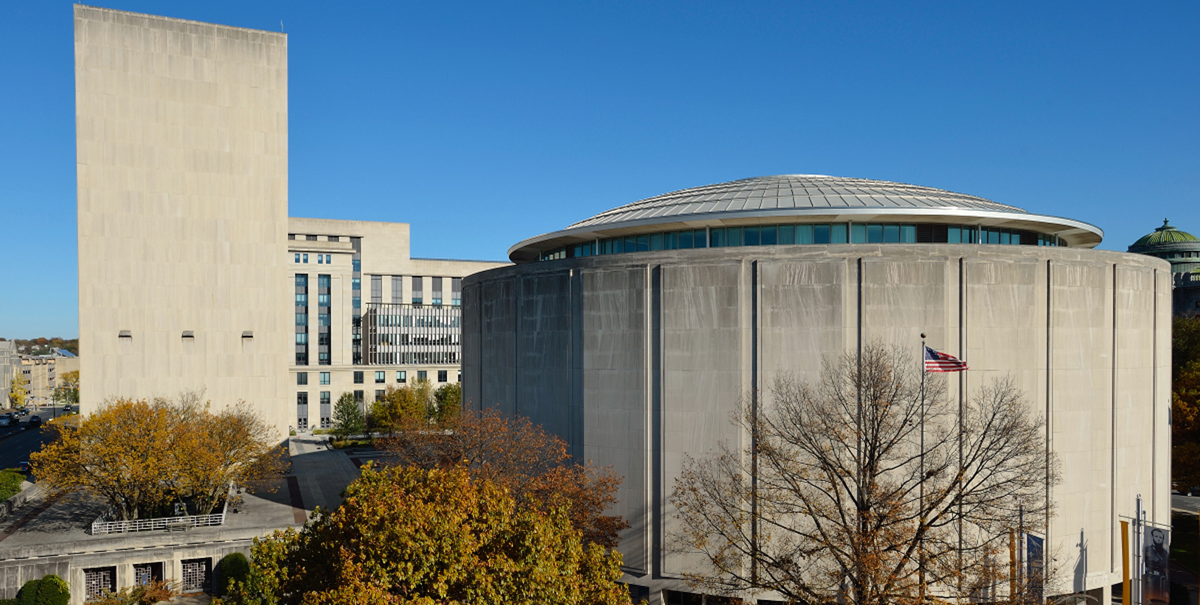
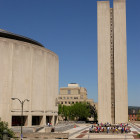
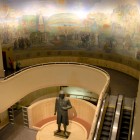
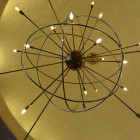

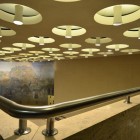
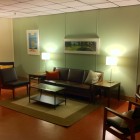
Leave a Reply